Our son Brian has a passion for flight. Over the last five years he has become a competent glider pilot and president of the Edmonton Soaring Club and has almost completed his private pilots licence. Brian has even combined his passion for flight with his acute technical design skills and created an Apple app for glider pilots.
Although Brian has an interest in pretty much all things technical, he was certainly inspired by my father who was a pilot during WWII, instructing Canadian pilots and flying reconnaissance missions in Spitfires and Hurricanes.
Among Brian’s many acquaintances in the world of flying is his friend Scott who is refurbishing a Formula I air racer designed in the early 1960’s – a Cassutt. Needless to say, when Brian asked if I would like to travel to Reno to watch the September 2013 air races, I jumped at the opportunity and we started making plans.
Reno is the only place in the world where this type of racing occurs and 2013 was the 50th anniversary of the event. Earlier events up to the late 1940s were terminated throughout the US following many fatal crashes and liability concerns. In 1963, Reno revived the racing form and despite many challenges (legal and public interest) the racing continues as a rare expression of wealth and bravado.
The racing is very exciting but also very dangerous for both pilot and spectator. In 2010, a highly modified WWII P51 Mustang called Galloping Ghost veered off the course, crashing into the grandstand killing several people including the pilot. Although the course has been moved back from the grandstand area, spectators are still very close to the action as aircraft race around a circuit in front of them a mere 100 feet off of the ground. The competitors are easily followed around the course with binoculars.
Aircraft are divided into classes with the tiny but popular Formula I’s at the bottom, followed by the biplanes (Pitts, etc.), T-6s (Harvards, Texans largely modified), Sport (mostly home built composite class with increasing speeds annually), jets (mostly former European military trainers) and finally the Unlimiteds (WWII air frames with no restriction on modifications).
The Unlimiteds are the real attraction. These are spare-no-expense highly modified WWII aircraft with engines producing more than double the original design and ever evolving technology adding horsepower and speed every year. They reach speeds of over 500 mph, 100 feet above the ground! These are continuously on the leading edge of experimentation and mishaps are routine such as this year when Strega, a P51 and considered the fastest plane and pilot, lost its modified canopy at over 400 mph. In situations like this, safety aircraft in the air during each race assist pilots whose visibility is often hindered, to return safely to the ground by coaching them over the radio.
As with all racing, whether its sailboats at 7 knots or Unlimited air racing at over 500 mph, rules and technical qualifications play an interesting part in the event. This year, the Unlimited field threatened to boycott final races after Strega, attempting to qualify near the front of the gold class field after missing key qualification runs while repairing their canopy, ventured just outside of the course perimiter while avoiding slower aircraft, was disqualified from that race. Essentially, this meant they had to win the silver class race to entitle them to move up to the gold final but then would only be able to start near the back of the field. After much drama, posturing, and general rich man temper tantrum style theatrics over a couple of days, the races went on, ensuring the return of the fans in 2014.
As for the final Unlimited gold class race, Strega, despite some spectacular on course passing and speed, was unable to catch Voodoo, another highly modified P51.
The races are also a venue for a lot of static and in air demonstration. World class stunt pilots, WWII re-enactments, jets (both in the air and on the ground – i.e. jet car) and even a jet pack pilot with a wing and four small jet engines strapped to his back, filled the dead air time each day. On the ground, static displays of restored WWII and later military aircraft and current offerings from commercial aircraft manufacturers were plentiful. Of significance for Brian and I, there were two (of only 24 left) flying Spitfires, one of which did daily air shows beside a Japanese Zero and other vintage planes.
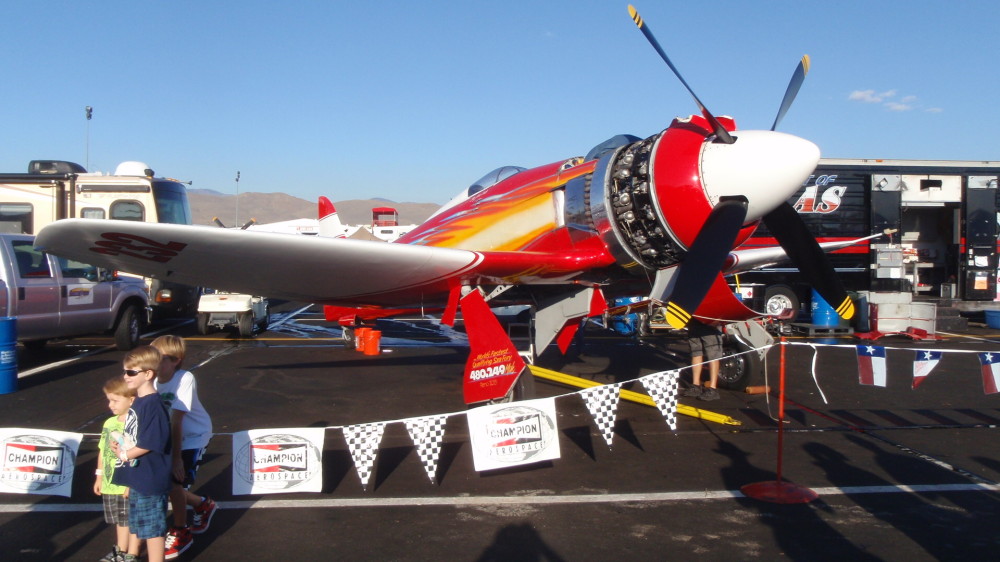
232, a modified Bearcat suffered an intake disintegration and was unable to compete in the Unlimited Class final
This was a great, once in a lifetime trip for me although I expect Brian will make more pilgramages
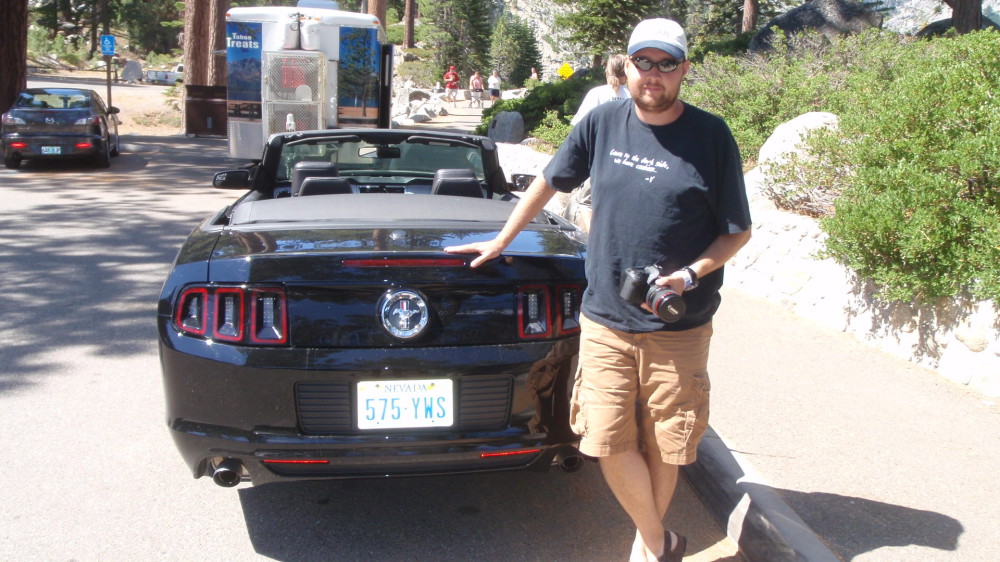

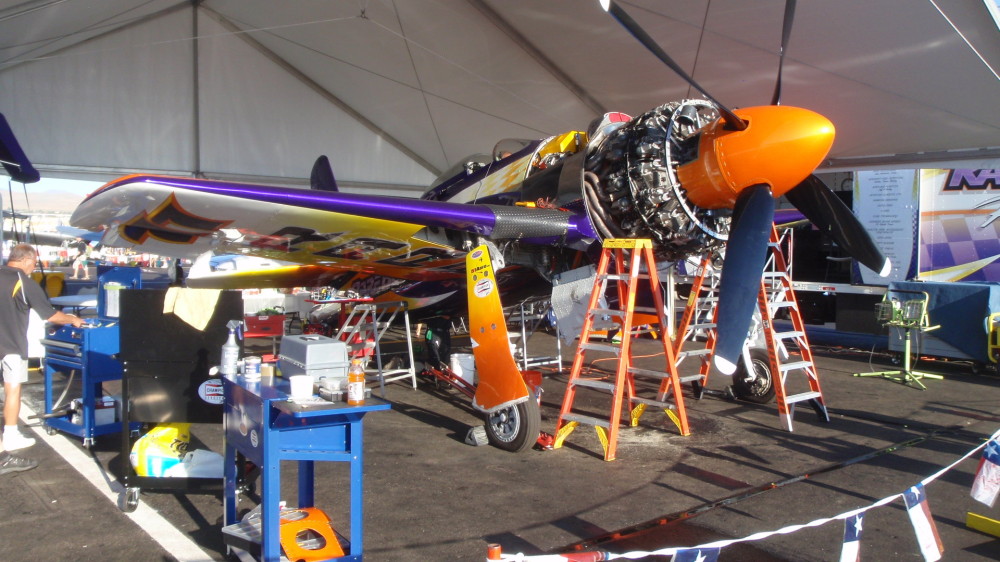
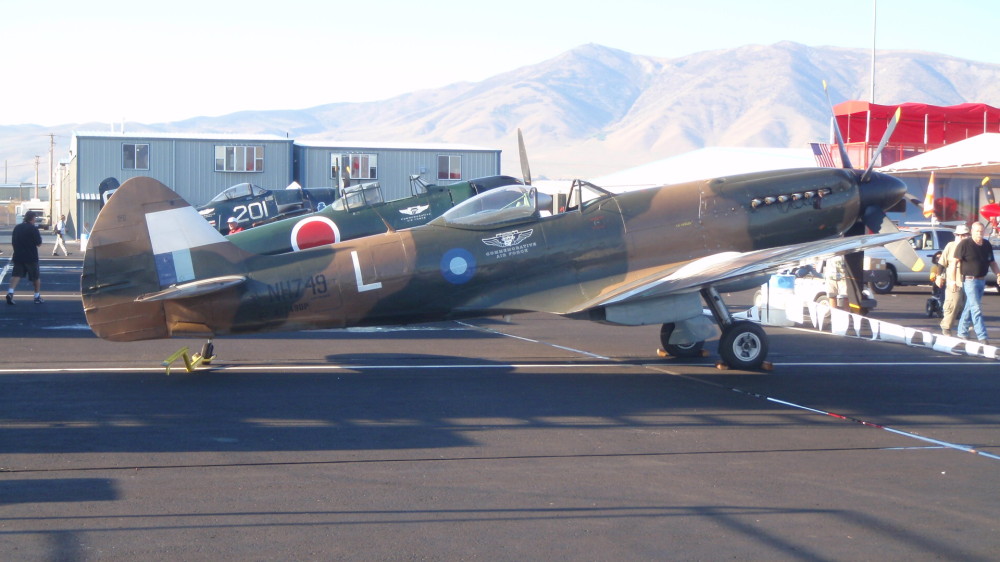
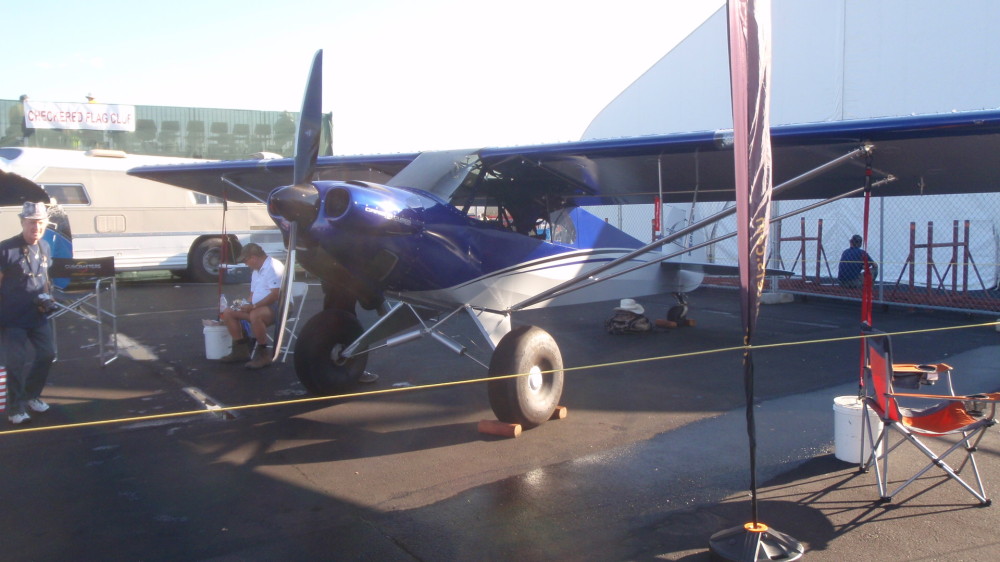
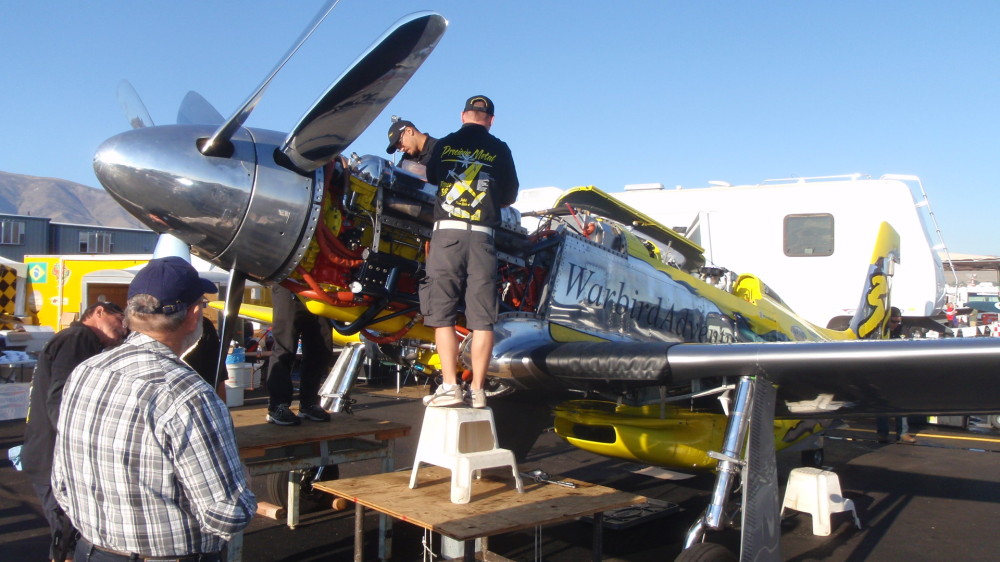
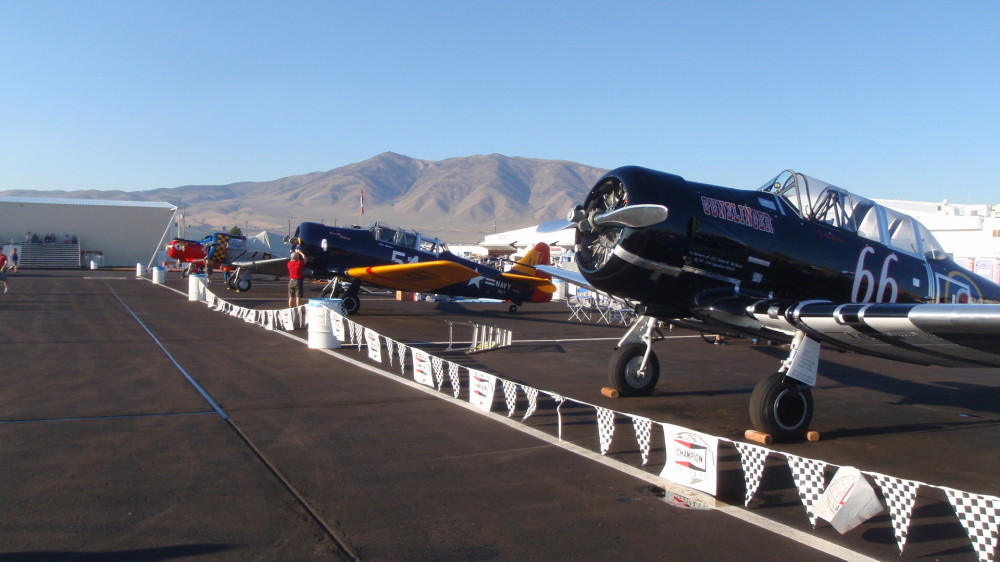
Leave a Comment